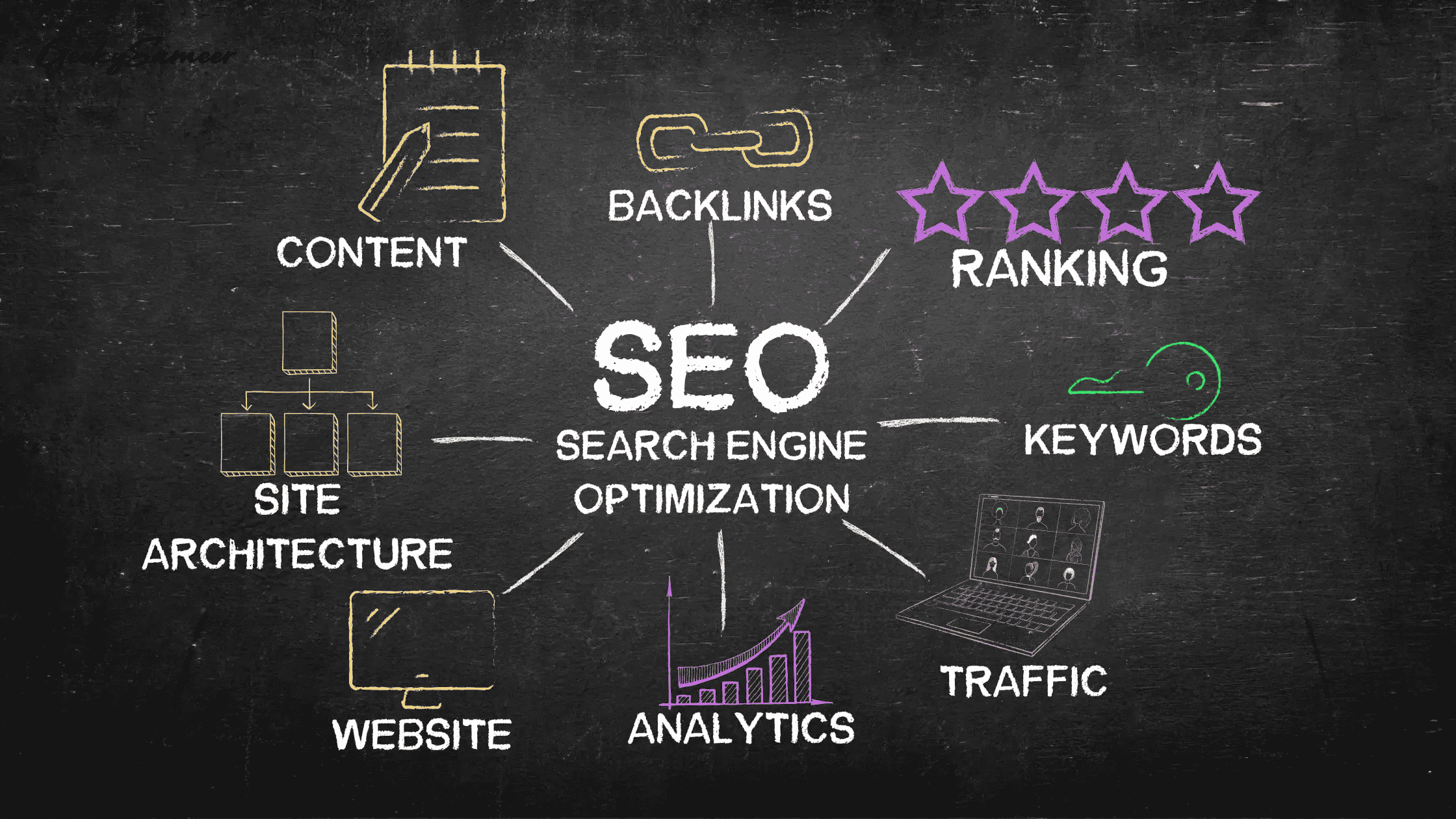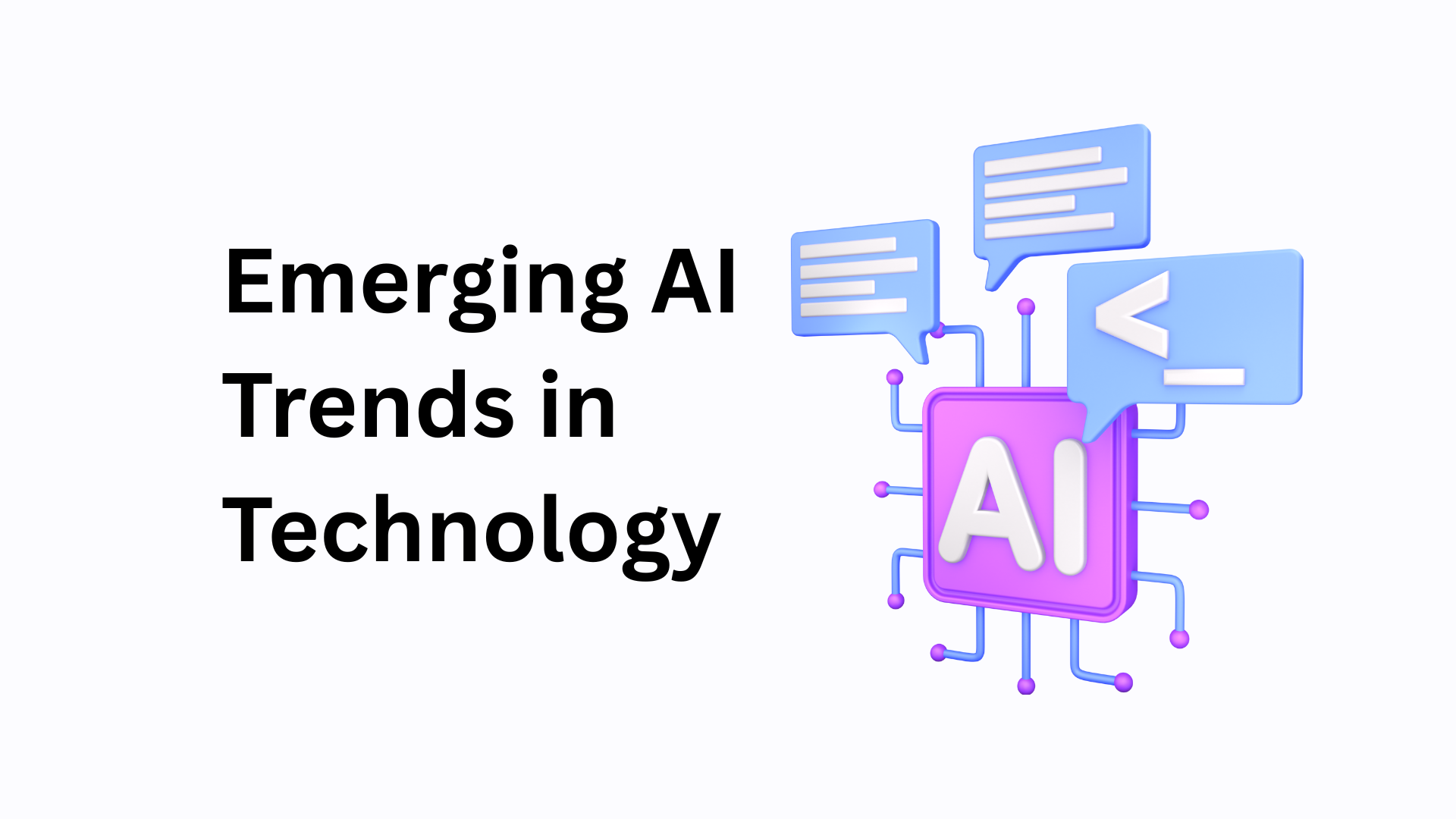How to Choose the Best Type of Landing Page for Your Campaign
The internet is full of step-by-step lead generation guides making this strategy look super easy in practice. However, the reality is different - 61% of marketers see the process of generating prospects as their greatest challenge. So, it’s not that straightforward after all.
What are the most common obstacles you can encounter when building a lead generation strategy?
Choosing the right lead magnet can definitely be an issue. Some campaigns rely on data collection forms solely, while others need a template, an e-book, or any other solution to lure the potential client.
Regardless, which lead magnet you will use to generate leads, you will require a landing page. So, today, we’ll dedicate our article to helping you choose the best landing page type for your campaign to bring in more prospects.
1. Consider Your ICP’s Product Awareness
If you haven’t heard this term yet, ICP stands for your ideal customer persona. Essentially, it’s a description of a potential buyer who could be interested in your product or service for a particular reason.
Your ICP may find themselves at different stages of a sales cycle before finally being ready to buy. For example, they might have come across your website while browsing the web, checked it out for a couple of minutes, and then left. It is also possible that they stumbled across your ad on social media. Thus, you will need different landing pages for both situations.
Why?
It’s all about recognizing the ICP’s awareness of your product. Some might need a bit of encouragement to buy your product, while others need way more information to make a purchase decision.
So, think about the prospect’s intent when they click on the link and come to your landing page.
2. Map Out Your Landing Page
Suppose it’s more or less clear what your target buyer wants to see on a landing page. What’s next? How do you bring an idea to life?
It’s time to think about the landing page type that corresponds to your target buyer’s intent at a specific customer journey stage. Here are the most common types:
- A “Getting Started” landing page - invites a lead to subscribe/create an account. It is usually placed on the homepage and redirects a visitor to a subscription page. Here’s an example from Tidio:

- A lead capture page - collects a prospect’s email address. The goal is to supply you with contact information, so that you can proceed with lead nurturing. You can use a lead capture page to promote your e-book and conveniently place a subscription form next to the book’s description to encourage a lead to further action. NetLine is a good example:
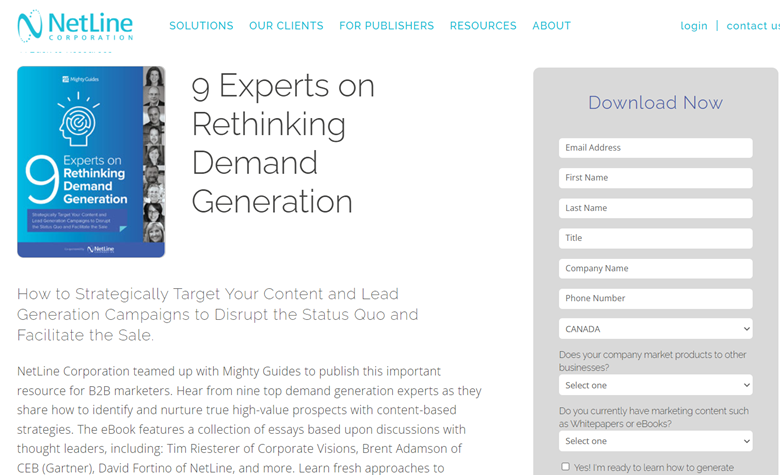
- The splash page - it’s an intermediary page, which doesn’t aim at capturing a lead but informing and redirecting them to a further step. Take a look at the example from Preply. The page below contains the list of Portuguese tutors, allowing a prospect to take a look at their experience and qualifications first and then book a lesson if they find the right fit:
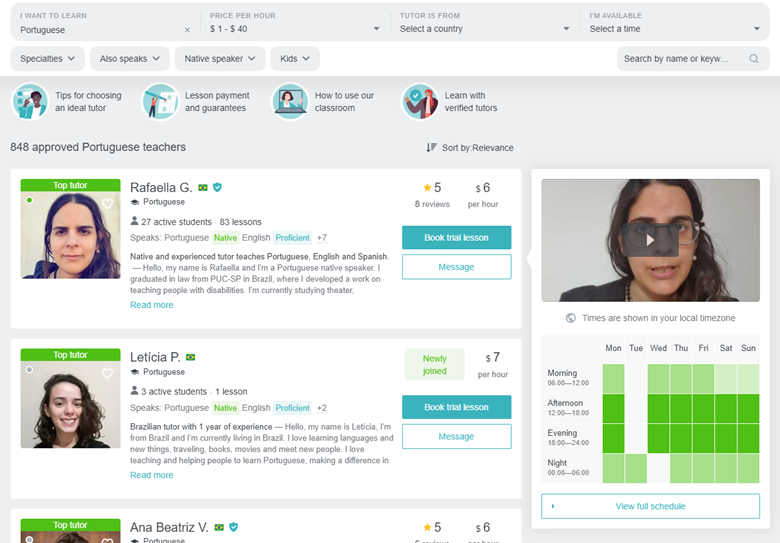
- A sales landing page - serves to supply a prospect with as much product/service information as possible. You can find examples of such pages on a B2B/SaaS brand’s website. For instance, Ahrefs has several sales landing pages per product feature, with a video describing a solution in detail and a CTA inviting to subscribe for a free trial: each describing a solution in detail and a CTA inviting to subscribe for a free trial:
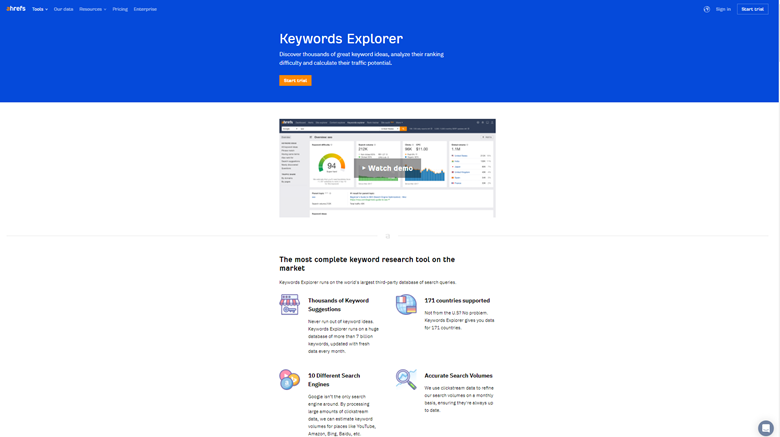
- A pricing page - can be used in PPC campaigns. For example, if you’re currently offering discounts for your product/service, you can redirect a prospect from your online ad right to your pricing page. Here’s an idea of what a pricing page should look like from Hootsuite:
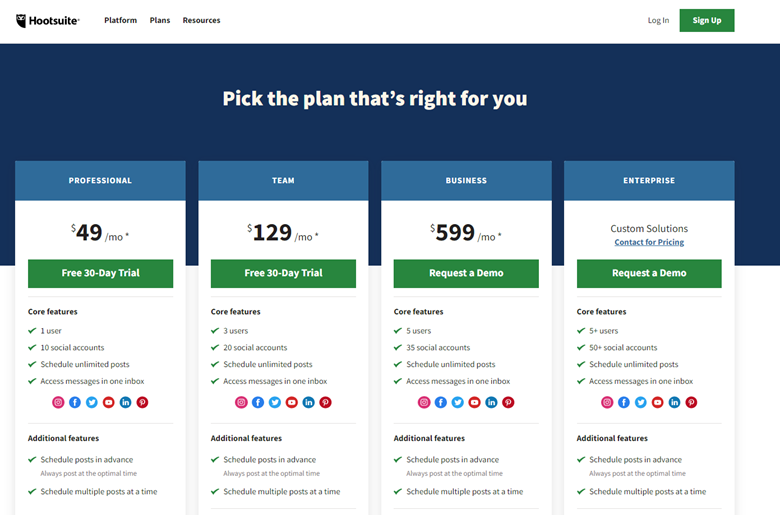
Once you choose the right landing page type for your campaign, start creating a content plan for it. In general, the best practice is to put essential information first, preceded by an attention-grabbing headline.
It’s also important to use testimonials, videos, and other visuals - you need to provide evidence that your product, in fact, works. Don’t forget about CTAs as well - they should naturally lead a prospect to the next sales funnel stage.
3. A/B Test the Landing Page
You might feel that you’ve made the right choice with your landing page, but it’s better to err on the side of caution. So, it’s a smart idea to run an A/B test first.
A/B testing means creating a hypothesis about your landing page’s performance and then checking if your assumptions were correct. To run this test, you’ll need two versions of one page to see which one converts better.
Consider you are part of an affiliate program and working on a page to market products. It would be considered wise to create two different versions of your affiliate marketing landing page with similar yet distinct characteristics. This would provide ample test cases and analysis through your affiliate management software for a better understanding of what works for your customers and what doesn't.
Don’t worry - this approach is easier than it seems, although you need to take a few factors into account:
- Variations in your ICP - you need to think through the different ways how your target audience may take in the content on your landing page.
- Your goal - if you’re trying to get more conversions, it makes sense to test a page with different CTAs. If the goal is to improve CTRs, then test different headings. Long story short, it depends on what you’re trying to achieve with your page.
- Design and visuals - there are theories on which colors and design patterns work better to achieve leads, but it’s always safer to test different versions of a landing page first.
Naturally, you will need a tool to run an A/B test. Google Analytics will do just fine. You can use it to create an experiment in the Optimize Account and click on the A/B Test button.
Over to You
A landing page is an inalienable part of any lead generation campaign. However, it takes time and patience to find the right option that will not only attract prospects but also provide immense value.
A huge part of choosing the landing page type is knowing your target audience well enough. Recognizing their needs at a particular sales cycle stage is already half of your success. But, of course, none of us can read minds, so it’s always safer to run an A/B test just to be sure.
Want to learn more about lead generation? Visit our blog for more articles!



